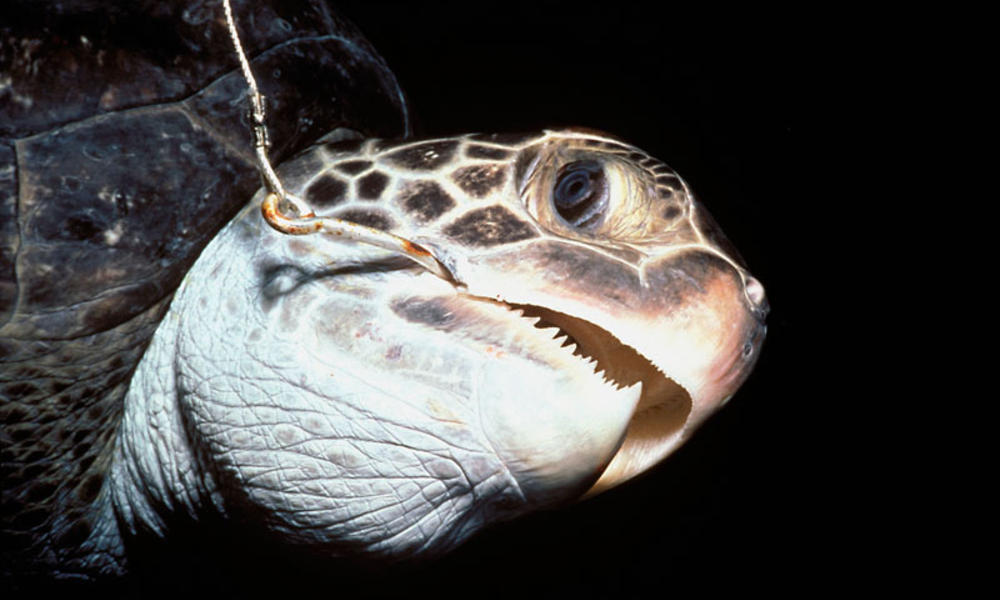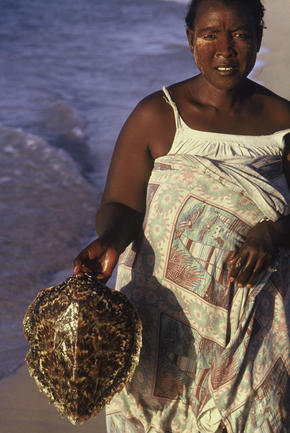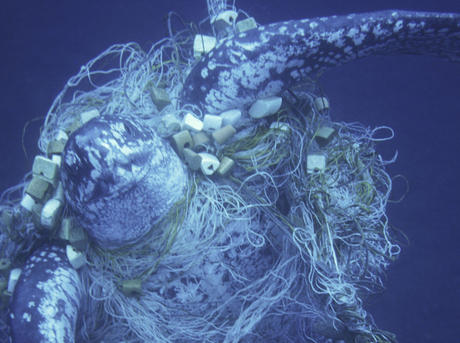Endangered Animal Spotlight: Hawksbill Sea Turtle
The Hawksbill sea turtle is the image that comes to mind when one thinks of a typical sea turtle (Crush from “Finding Nemo,” anyone?). Its brown and white speckled shell and sharp-beaked mouth have made the Hawksbill an icon of sea life—but it’s also this shell that has caused the turtle’s “critically endangered” status.
Although protected under the Endangered Species Act since 1970, the Hawksbill turtle continues to face threats to its population. On November 14, a Hawksbill turtle was rescued from a mini-zoo in Kudat, Malaysia, where it had been kept illegally for an exhibition. Their carapace (or shell) is highly desired for Caribbean trade can be fashioned into jewelry, combs, hair clips, ornaments, and other small novelties, which are sold in black markets in the Dominican Republic and Jamaica. Stuffed tortoises are greatly sought after in many Asian markets, and Hawksbill eggs are frequently plucked off beaches during mating season to be consumed as delicacies.
Although Hawksbills’ protected status keeps them from being actively hunted, the turtles frequently become entangled and trapped in nets and on fishing hooks—called “bycatch.” The Hawksbills are then unable to reach the surface for oxygen and drown, as is the fate for many other ocean creatures like whales, dolphins and porpoises.
Yet another threat to the Hawksbill population is global warming. As more carbon dioxide enters the atmosphere, more CO2 is also absorbed into the ocean. When ocean water and CO2 combine, carbonic acid is produced, which causes coral bleaching and kills the animal life in coral reef ecosystems. Hawksbill turtles live predominantly in shallow coral areas, and so they depend on reefs for habitat and food. As the ocean acidifies from global warming, Hawksbill populations continue to decline.
More than 40 years after it was deemed endangered, the Hawksbill turtle remains threatened. With increases in illegal fishing and poaching and the intensification of global warming, it is hard to imagine the Hawksbill ever being removed from the Endangered Species list.
[fbshare type="button" float="left"] [twitter style="horizontal" float="left"]





